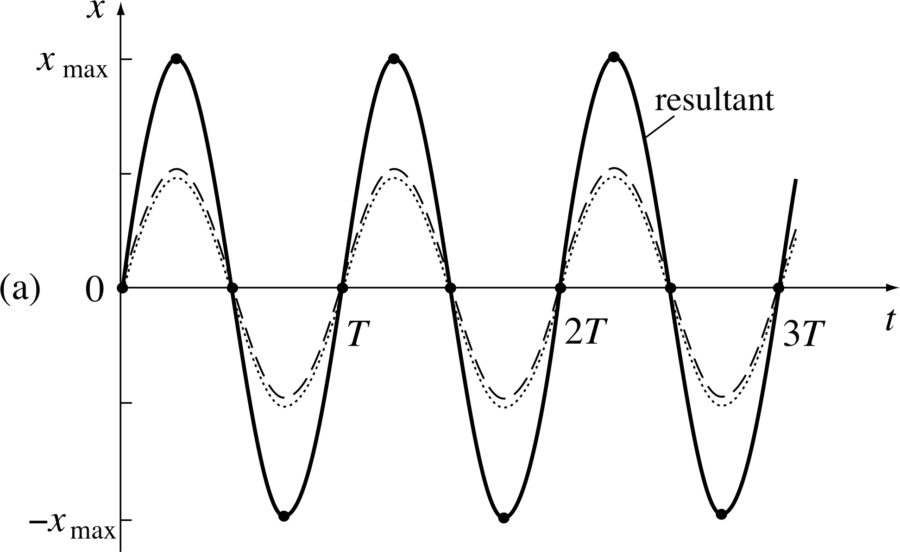
Once we have answered the question “Which fact?” we have already established truth, because, according to Strawson, there are not two independent entities, the true statement and the fact. Rather, “facts are what statements (when true) state; they are not what statements are about.” Facts are not things in the world independent of language; rather, the word “fact,” like the words “statement” and “true” themselves, has a certain type of word-world-relating discourse built into it. Facts in short are not extralinguistic things, but facts already have the notions of statement and truth built into them, because in order to specify a fact we have to state a true statement.
John Searle, The Construction of Social Reality
What is 1+1? Is it 2, because statement constitutes adding two integers? Is it 10, because the statement concerns a binary numeral system? Is it 1, because the statement comprises a logical AND operation? Is it 049 043 049, the statement in ASCII format? Is it less than 2, because every chemical reaction occurs with a concurrent change in energy? Is it more than 2, because the sum is more than the parts? Is it infinity, because everything is possible? Is it zero, because numbers are imaginary? Is it truth, because we are conscious of the statement? Is it fiction, because the statement does not exist outside of our social reality?Is it abomination, because Leviticus says ”[t]hou shalt not lie with mankind, as with womankind?”? Is it God because the holy is everywhere and in all things at all times? Is it 42, the Answer to the Ultimate Question of Life, The Universe, and Everything? Is it a joke, because the question doesn’t make sense? Is it meaningless, because nothing matters? Is it 1+1, because everything is itself? Is it unlikely, because no one can tell anyone what to do? Is it આ કઈ ભાષા છે, because what language is this? Is it indecipherable because the statement fails to provide context? Or is it everything within and without by superposition of the wave functions?
BIBLIOGRAPHY: 1. Robinson, Gary J. "PHYS 5.1: Simple harmonic motion." met.reading.ac.uk/pplato2/. The Open University, 1996. Web. 1 November 2017. 2. Searle, John R. The Construction of Social Reality. New York: Free Press, 1995. Print. 3. Śaṅkarācāryaḥ, Ādi and Gauḍapāda. The Mandukya Upanisad with Gaudapada's Karika and Sankara's (Shankaracharya) Commentary. Translated by Swami Nikhilananda, Calcutta: Advaita Ashrama, 2010. Print. Verse 1: Hariḥ Aum. Aum, the word, is all this. A clear explanation of it (is the following). All that is past, present and future is verily Aum. That which is beyond the triple conception of time, is also truly Aum.